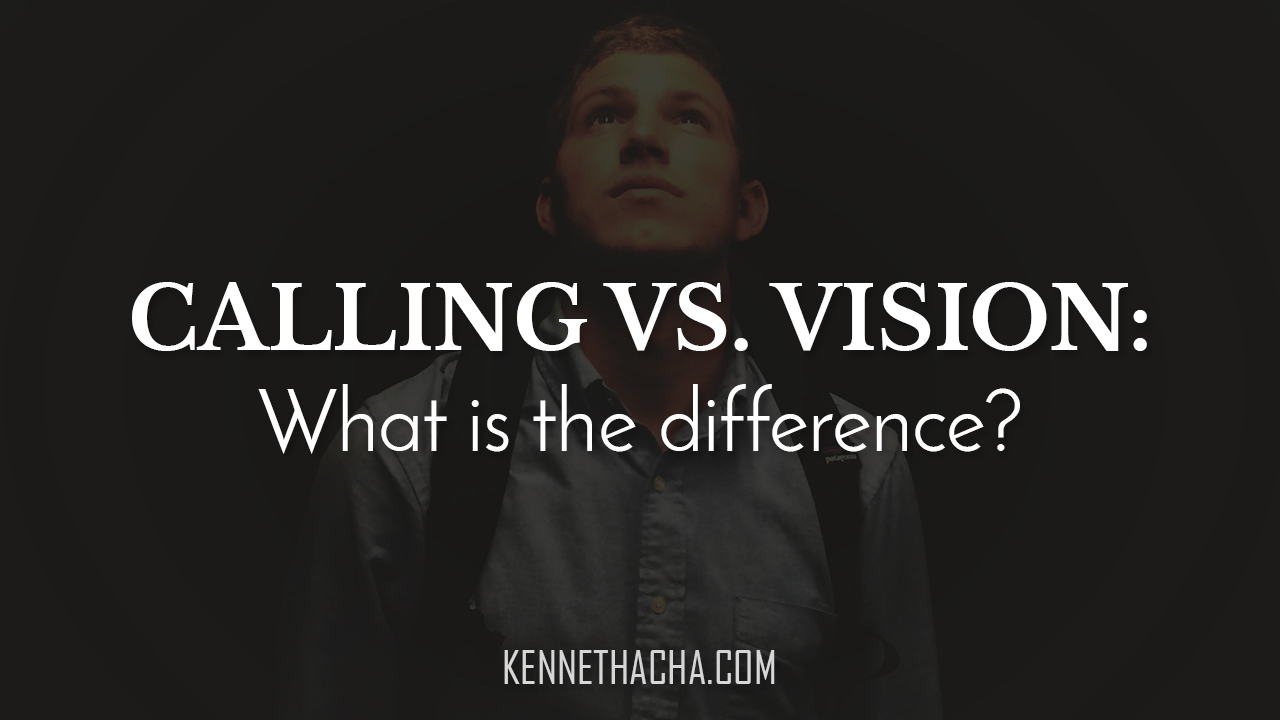Phenomenal leadership expert, Jim Collins, astutely wrote, “Companies that enjoy enduring success have a core purpose and core values that remain fixed while their strategies and practices endlessly adapt to a changing world.” This is true for individuals, families, and organizations of all sizes and shapes. Enduring organizations have a core purpose, calling, and core beliefs and values that remain fixed. These form their core ideology. This is something that remains stable even in changing times. It’s the DNA of the organization.

Related: What is organizational DNA?
However, successful organizations embrace uncertainty and realize that times are changing. Their strategies adapt to changing times and change but their core purpose, calling, and core beliefs and values don’t.
Vision is a “clear, compelling, mental image of a desired future is based upon an accurate understanding of one’s core ideology, giftedness, and the external circumstances.”
Your vision must be based on your core purpose, calling, core beliefs, and core values– what I sometimes call your center, your anchor in the storm. It must align with your core values or life values. Everything is interpreted through a person’s center or deepest values. It forms your foundational paradigm, the lenses through which you see the world.
Regardless of what your center is, your vision must be consistent with your center because that’s how success will be measured for you.
Another good way I’ve defined vision is:
Vision is an inspiring, vivid and beautiful mental image of how a calling or mission plays out at a specific time in the future. It is based on a accurate understanding of your deepest values, yourself, and your context.
Vision is a vivid description of how a person’s calling (mission) plays out in part or in whole at a particular time in the future.
Related: What is the difference between calling and mission?
Vision and calling represent the same thing except vision is a seeing and futuristic word. Vision paints a picture of the calling at a specific time in the future.
Let me give you an example. Suppose you meet a beautiful woman and feel called to marry her. Let’s not argue the merits of that call. Let’s assume there is such a thing as a calling to marry someone and you have truly been called to marry this pretty lady.
In that case, the calling is to marry the woman.
The vision is a snapshot of how your marriage is looking like at a future time. Imagine the wedding day. Imagine pictures shot by a professional photographer showing the glory of that day in full color. That represents the vision at that time. Speaking from the day you first met her. When you imagine how the wedding will look like, very clearly, almost as if you were flipping through wedding pictures, that will be your wedding day vision. If you desire to marry one year after meeting her, that will be your one year vision for that calling.
An accurate ten-year vision would be like traveling into the future and taking pictures on a day in your life when you have been married ten years. It may show things like: You have four kids. You have gained a few pounds. You are beginning to show signs of male pattern baldness. You are calling each other daily. You are picking up the kids from school, etc. A mental representation of this time in the future is your vision for that time. In this case, your ten-year vision.

